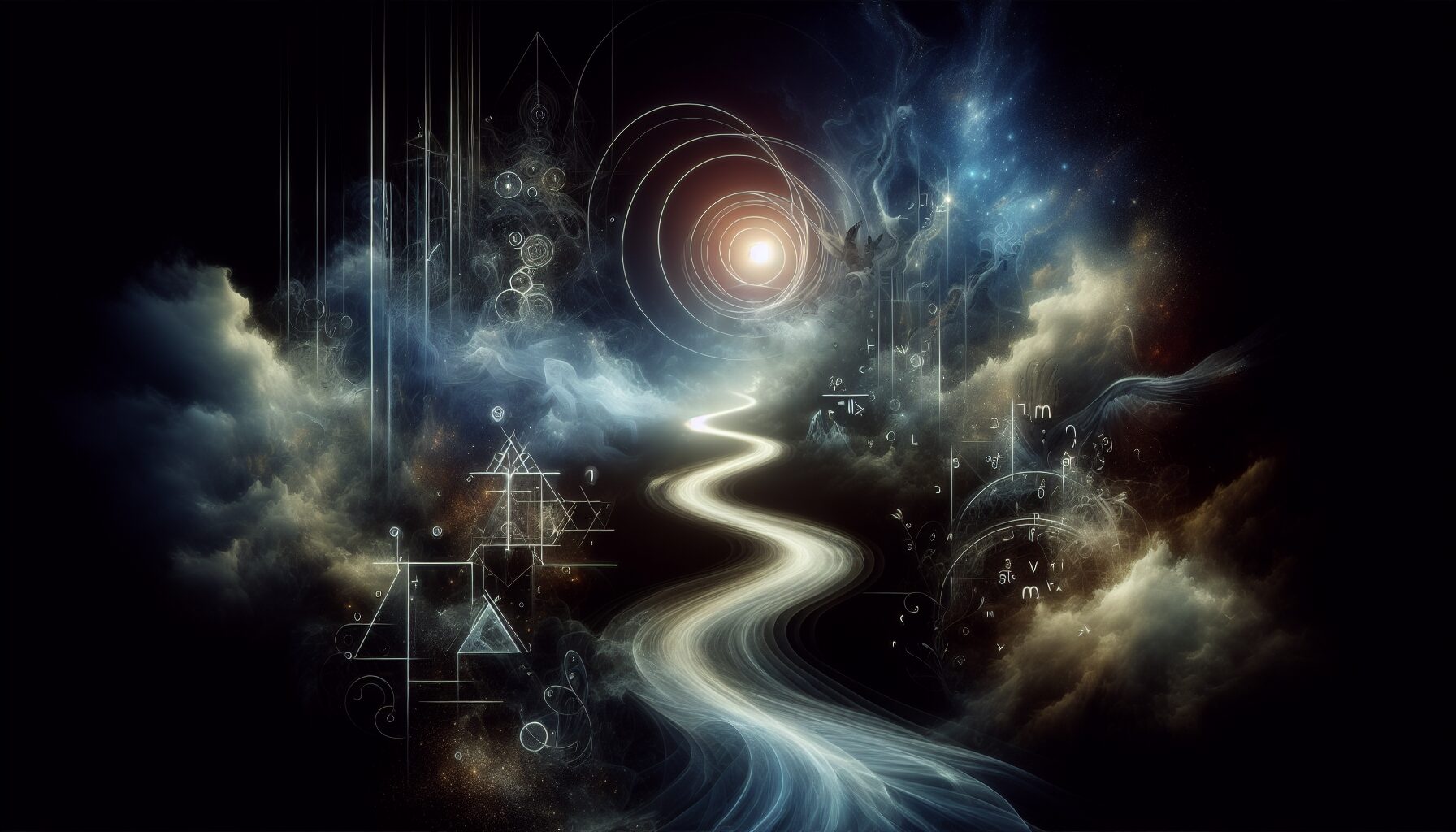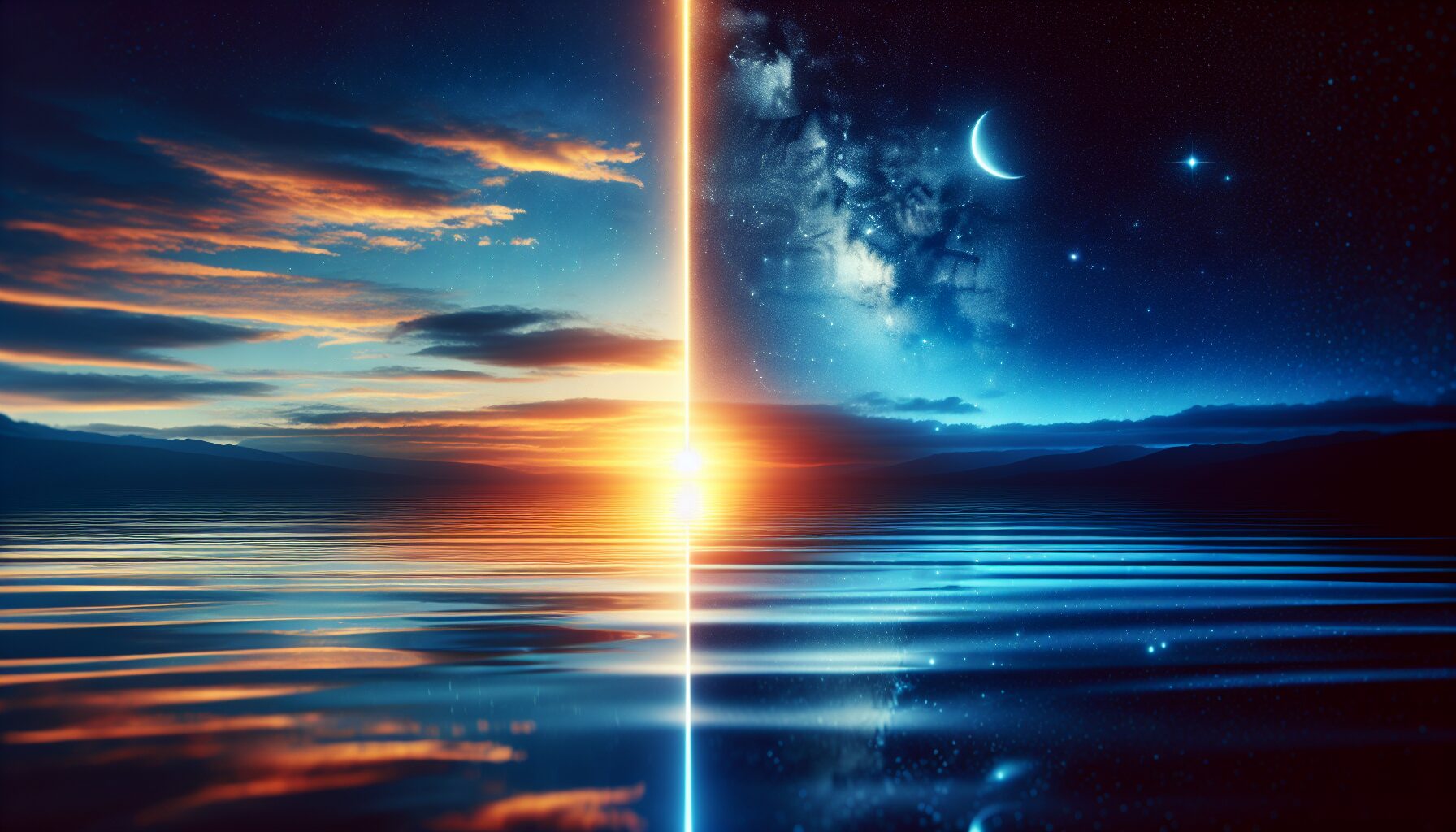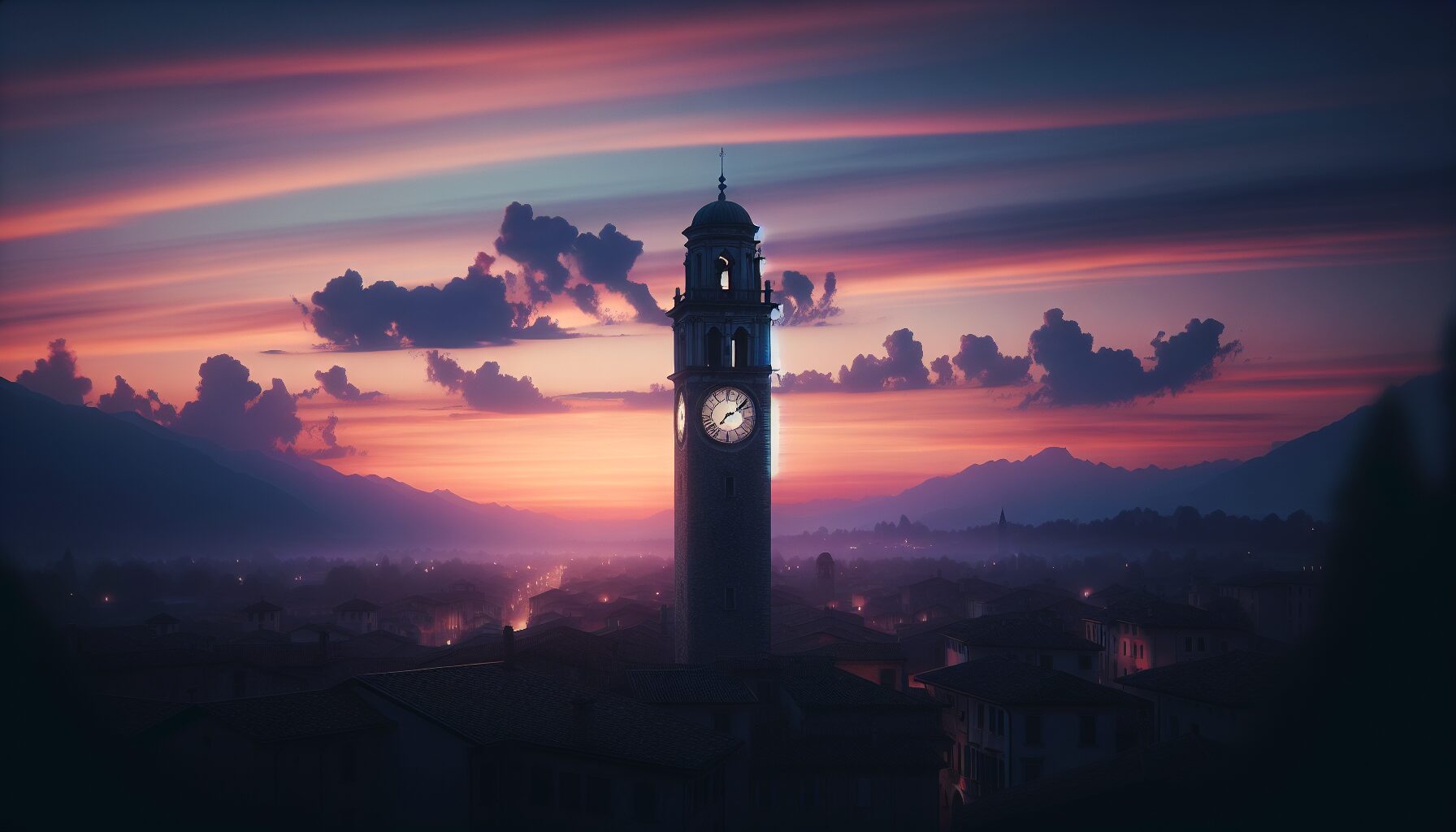Liminal Spaces – Where Death Touches the Living
The concept of liminal spaces intrigues, mystifies, and sometimes terrifies. These are the thresholds, the in-between realms where the boundaries separating life from death blur. Often discussed in both metaphysical and psychological contexts, liminal spaces provide a unique lens through which we can examine the intersections of life and mortality.
Understanding Liminal Spaces
Derived from the Latin word limen meaning threshold, liminal spaces refer to places or phases that exist between the known and the unknown. According to anthropologist Arnold van Gennep, who introduced the term in his work on rites of passage, these spaces are transitional phases demanding a transformation or change.
Physically, liminal spaces might include corridors, staircases, or empty parking lots—places that are designed for transition rather than permanent occupation. The eeriness of these spaces often stems from their association with movement towards a new phase, and possibly, towards death.
Liminality in Life and Death
In exploring how death touches the living within liminal spaces, we delve into how people experience these spaces both metaphorically and literally. Hospitals, for example, are physical liminal spaces where people frequently encounter birth, illness, and death. They serve as poignant reminders of the transient nature of existence.
“From the moment of birth, we take our first step on a journey that ultimately leads to death. Liminal spaces are where that journey is most keenly felt.”
On another level, certain cultural rituals transform physical spaces into rites of passage, altering their liminality. Funerals and wakes, for instance, convert typical venues into sacred spaces for communing with the departed, offering the living a space to process death.
The Psychological Perspective
Beyond the physical spaces, liminality can also be a state of mind. Psychologically, individuals might find themselves in a liminal state during times of intense change or crisis. These mental spaces often offer profound opportunities for growth and reflection as one navigates the boundary between former and future selves.
According to a paper in the Journal of Analytical Psychology, entering a liminal state can facilitate deep self-awareness and transformation, much like the theories proposed by notable psychologist Carl Jung in his exploration of the shadow self.
Cultural Depictions of Liminal Spaces
Many cultures have long embraced liminal spaces within their myths and spiritual practices. For the ancient Greeks, the River Styx represented a liminal zone where souls crossed from the living world to the underworld. In Irish folklore, Samhain—the precursor to modern Halloween—is considered a liminal time when the veil between the living and the dead is thinnest, allowing spirits to pass through.
Similarly, in Mexican culture, Día de los Muertos or Day of the Dead celebrates a liminal period when deceased souls are believed to revisit the earth. Here, death is less an endpoint and more a continuation of a cultural dialogue, celebrating life through honoring departed loved ones.
Modern Interpretations
In recent years, the concept of liminal spaces has sparked interest on digital platforms and in artistic circles, where creators explore themes of urban abandonment and nostalgia. These discussions highlight the haunting beauty and unsettling nature associated with unfinished or transient places.
As we deepen our understanding of these spaces, it is crucial to appreciate both their physical and metaphysical implications. Liminal spaces—where death brushes past the living—urge us both to ponder the transient nature of life and also to cherish the boundaries crossed with each new experience, guiding us onward through the uncharted territories of our existence.







